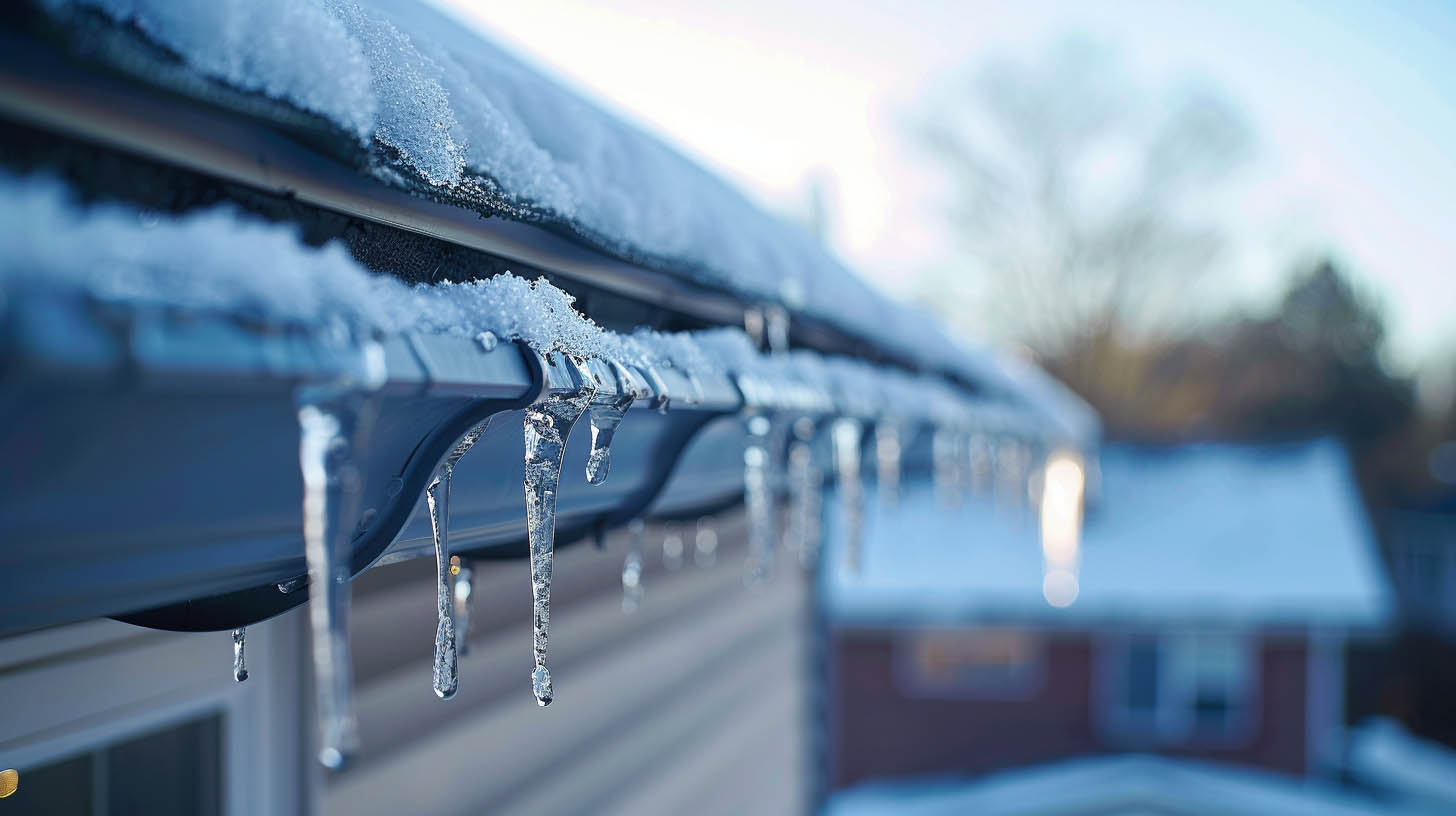Drip edge is a critical yet often overlooked component of your home’s roofing system, designed to ensure water is effectively redirected away from the structure. This guide will explain the necessity of drip edges and how they protect your home from water damage.
What is a Drip Edge?
Drip edge is a metal strip placed along your roof’s edges to direct water away from the fascia and into the gutters. It is usually crafted from non-corrosive materials like aluminum or galvanized steel to endure the elements.
Key Benefits of Installing Drip Edge
- Protection Against Water Damage: Drip edges prevent water from seeping under the shingles and causing rot or mold on the roof decking and fascia.
- Enhanced Gutter Efficiency: By directing water straight into the gutters, drip edges improve the effectiveness of your gutter system.
- Pest Barrier: It acts as a physical barrier to prevent insects and small animals from entering the roof or attic space.
- Support for Roof Shingles: Drip edges provide a firm base for the first row of roof shingles, reducing the risk of sagging and moisture penetration.
- Prevention of Ice Dams: In colder climates, a drip edge can help prevent ice dams from pushing water back under the shingles.
Installation Considerations
While best installed during a roof replacement, drip edges can also be added to existing roofs. Professional installation by a trusted contractor like Trojan Roofing ensures it is done correctly, securing your home against potential water damage.
Why Your Home Needs a Drip Edge
Many local building codes now require the installation of drip edges due to their critical role in roof health. If your home lacks a drip edge, you might be compromising on the integrity of your roofing system and potentially violating local regulations.
For those concerned with maintaining the long-term health of their roofing system, considering the installation of a drip edge is essential. It’s a minor addition that can significantly extend the lifespan of your roof and protect your home from various water-related issues.
To learn more about soffit and fascia problems and how to handle them, click here.

